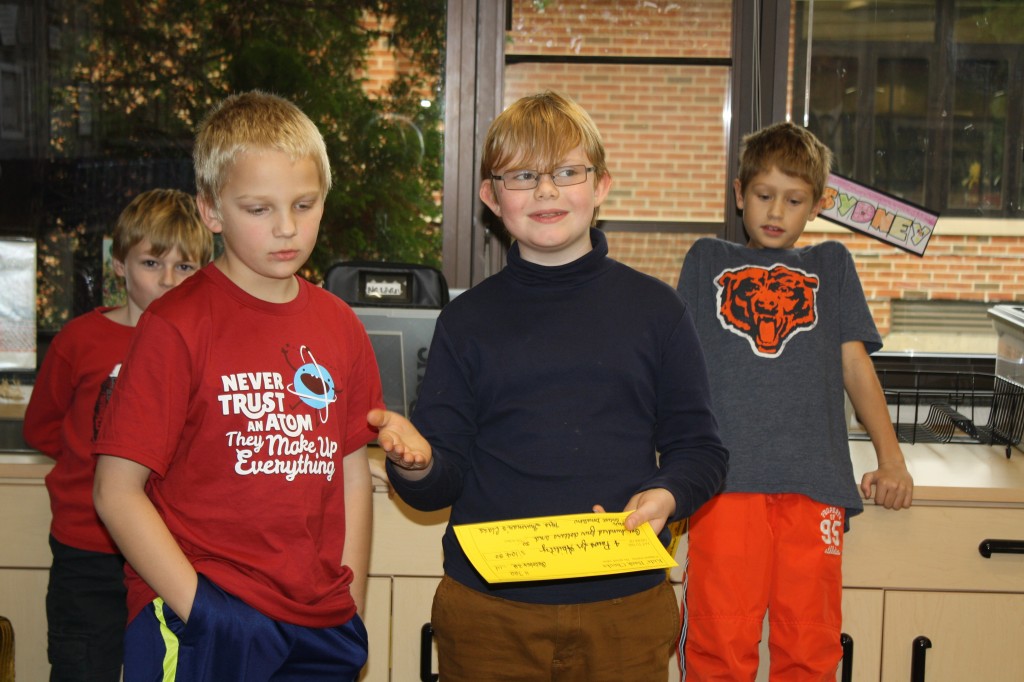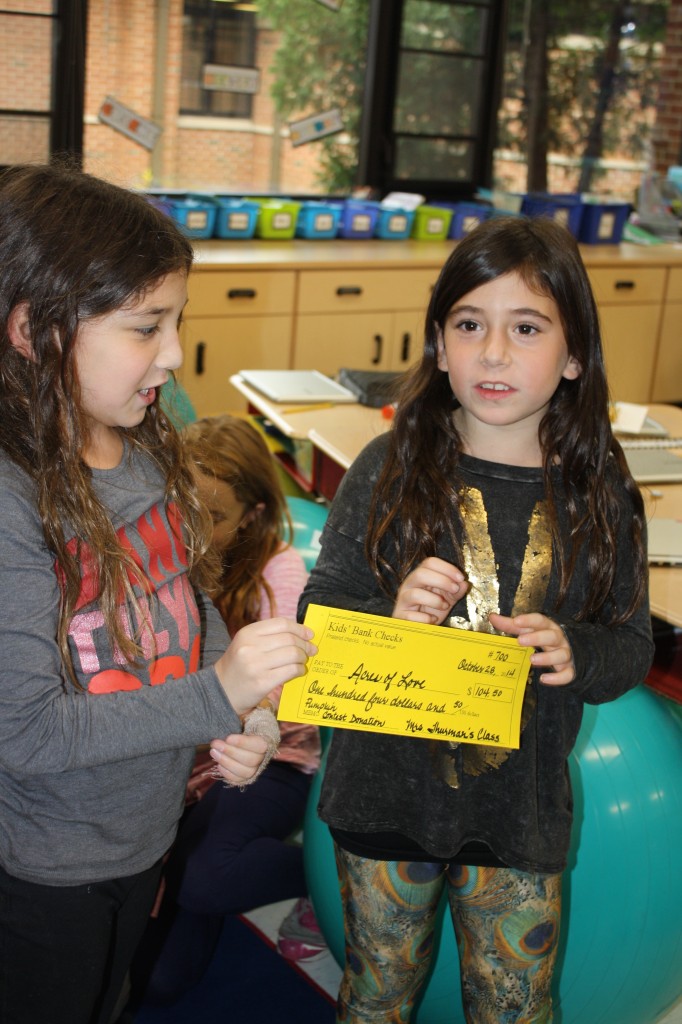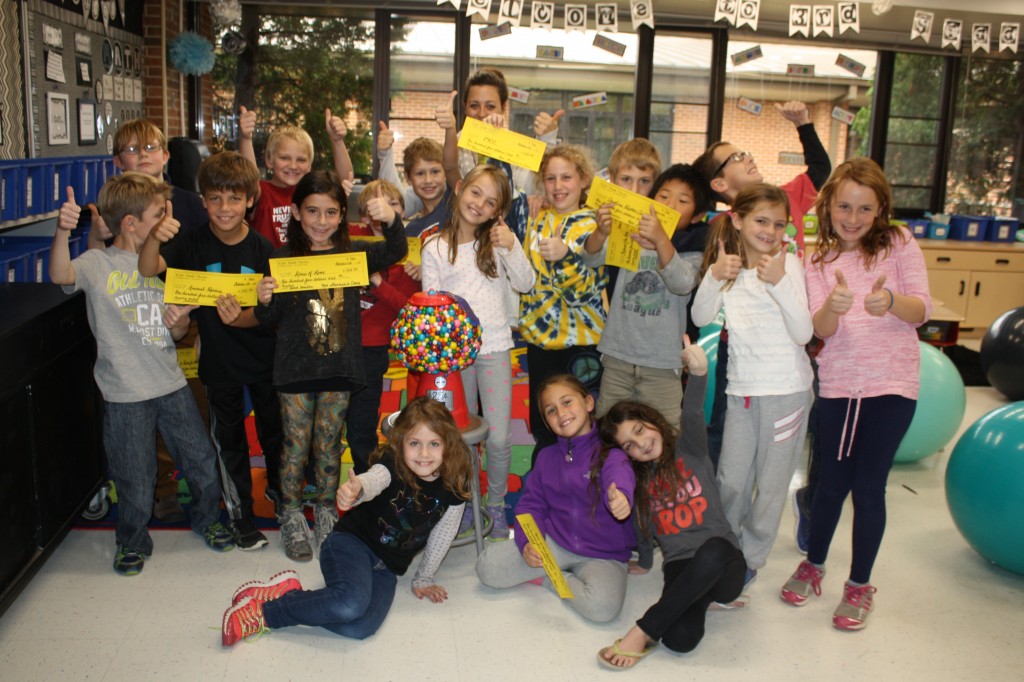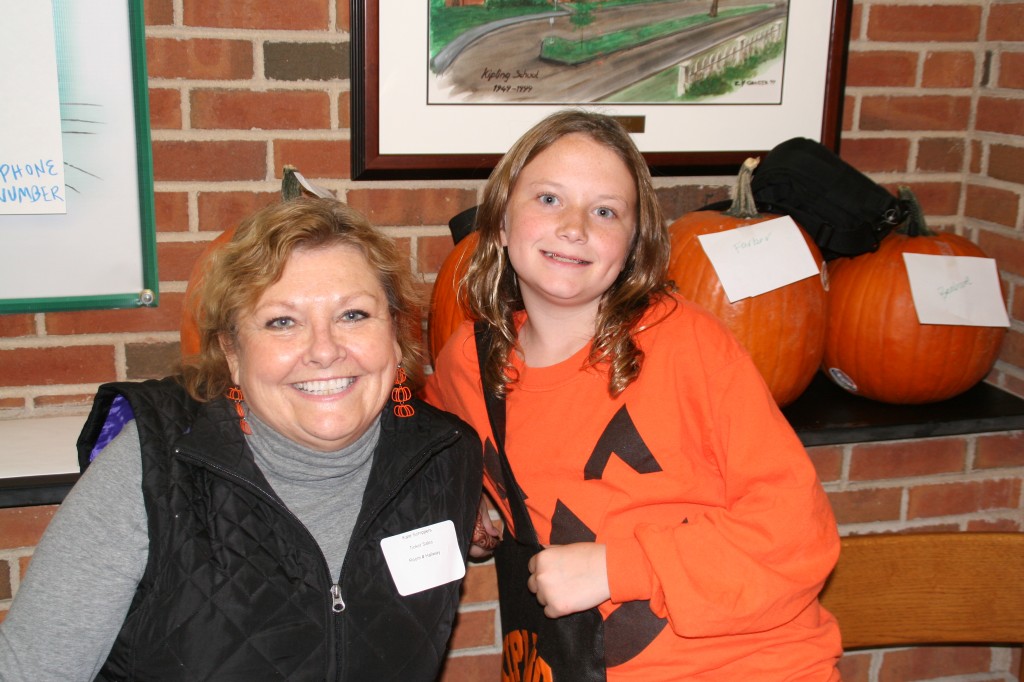I want to share with you today the 4 critical questions that inform our work as a professional learning community here at Kipling.
What is it we want our students to know and be able to do?
This is where we begin. We have to have a clear and concrete idea of what we want students to know and be able to do. The state of Illinois has adopted the Common Core State Standards as our learning standards. These standards outline what students should know and be able to do by the end of each grade level in both Math and English Language Arts. Last winter Illinois also adopted new learning standards in science known as the Next Generation Science Standards.
I am going to go one step further here and add that we also need to let students know exactly what we expect them to learn and be able to do. What we want students to learn and the levels we want them to perform at should not be a secret. Imagine how frustrating it would be to take a driving test and when you get in the car the examiner simply said “show me something” Without knowing the maneuvers he expected you to perform or the specific order he wanted them done how could you perform at your best.
How will we know when they have learned it?
Once we outline what we want students to learn we need to have some way to see if they have learned it and assess our success in teaching it. This is where assessment comes in. There are varying levels of assessments. We have state assessments such as ISAT – this year will be the first year for the new PARCC assessment. We have local universal assessments such as MAP. This year we also are administering our District Common Assessments four times a year. The first of these coming at the end of October. These assessments are given to all students in a particular grade level and are specifically over what standards have been taught. There is a big difference between an assessment such as MAP which is not grade dependent and adaptable to the student and an assessment like our District Common Assessments that covers specific standards and are intended to measure if students mastered what we have been explicitly teaching in class. Both serve valuable yet independent purposes. In addition to these we have formative classroom assessments that are given throughout instruction. Finally, we also cannot discount students own assessment of their work and skills as valuable information when evaluating learning.
How will we respond when some students do not learn?
The primary purpose of school is students learning and growth. We need to ensure that all of our students are progressing toward mastery of grade level standards and expectations. When students do not learn the first thing we must do is reflect on our own instruction and delivery. Do we need to reteach a concept or explain something in a different way? In many cases that is all that is necessary. Some students may need more assistance or a little push in order to be successful. This is where our RtI or Response to Intervention process comes into play. In RtI we give students more support in math or reading that is in addition to what they are receiving through normal classroom instruction. For instance, if a student receives 70 minutes of math instruction in a normal day that may be bumped up and they would receive 100 minutes a day of math with RtI. It is also important to make sure that we have the right intervention in place for students to make progress. It is not enough to just say that math is difficult for a student and they need additional support. Often times we must further assess to see what specifically is impeding the students progress. In math it can be any number of things such as understanding of basic numbers and operations, fact fluency, or an understanding of place value just to name a few. In English it could be decoding words, vocabulary, working with complex text, or any other number or combination of things. It is simply not enough to say “do more math” or “do more reading” There is an enormous amount of science and research behind instruction that guides the way we support students that may struggle. The one thing that is for certain is that we expect all of our students to make progress and achieve mastery of grade level standards.
How will we respond when some students already know it?
This is an important question for us as well. We must keep students challenged and engaged if they have already learned what we are teaching. This is why assessments such as MAP are valuable in providing us an idea of skills and concepts students should be working on regardless of grade level. Differentiation of instruction applies to all students not just some. I am happy to say that I see differentiation happening daily at Kipling. In fact, 11 of our teachers are working on an evidence based entry for National Board Certification based solely on differentiation. We also look for tools and resources that help us guide student learning. One of these new resources we have implemented this year is called Study Island. Study Island creates an individual learning path for students in grades 3-8 that is customized based on their NWEA MAP results. We always want to challenge and push our students to their highest achievement levels.











